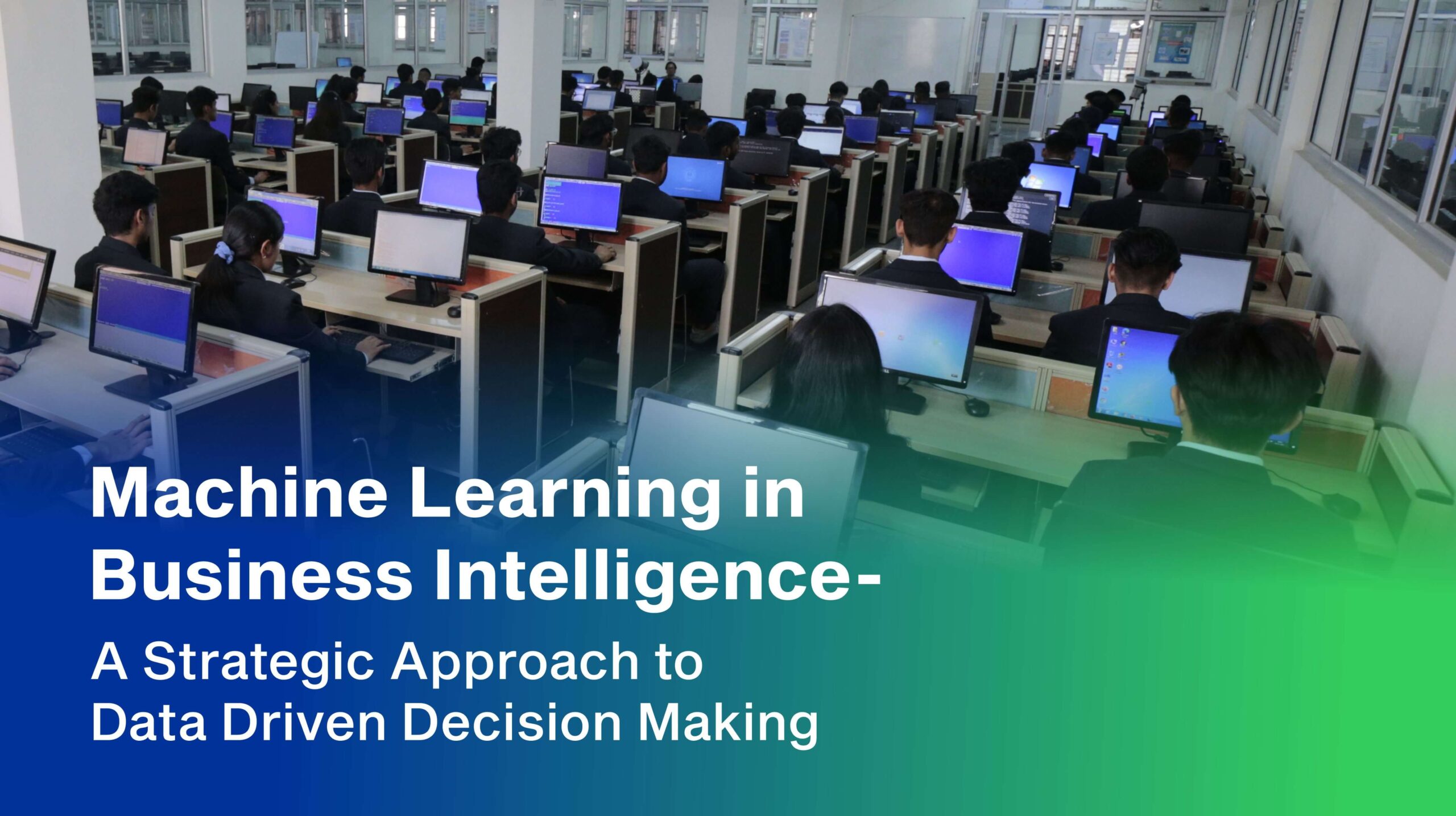The field of computer science is always changing because of new ideas and the never-ending search for progress. In 2024, the cutting edge of technology will bring us new ways of thinking and tools that will change both the digital and real worlds.
From making people smarter and more capable to combining digital ecosystems in a seamless way, these technologies are not just evolutionary steps, they are revolutionary leaps forward. Herein, we delve into the top 10 Latest Technology Trends in Computer Science poised to shape the future of computer science.
1. Quantum Computing
Emerging as a dominant force, quantum computing uses quantum bits (qubits) to overcome classical computing’s limitations. This technology promises exponential increases in processing power, unlocking new possibilities in cryptography, drug discovery, and complex system simulation. In 2024, the transition from quantum marvel to practical utility will be complete, with major tech giants and startups alike racing to achieve supremacy.
To capitalize on the growing popularity of quantum computing, Uttaranchal University Dehradun, has included this state-of-the-art technology into its B.Tech.(Hons.) CSE in Cloud Computing Engineering program. If students follow this course of study, they will be well-prepared to take the lead in the dynamic field of technology as it undergoes a quantum computing revolution.
2. AI-Driven Predictive Analytics
The dominance of artificial intelligence (AI) is only growing as the advanced nature of predictive analytics rises. From healthcare, which uses AI to predict disease outbreaks, to finance, which uses AI to anticipate market shifts, AI systems are able to use massive datasets to predict trends and outcomes with amazing accuracy. The development of this technology marks a significant step towards a decision-making approach that is more active and predictive.
In response to the increasing importance of AI in predictive analytics, the B.Tech.(Hons.) CSE in AI & ML program at Uttaranchal University, has integrated this cutting-edge technology. This course of study is carefully crafted to put students on the cutting edge of AI-driven analytics, teaching them how to use AI for industry-wide predictive decision-making.
3. Edge Computing
Edge computing involves moving computation and data storage closer to where it is needed, enhancing reliability and speed, and transforming data processing. This technology is crucial for real-time applications such as smart cities, autonomous vehicles, and Internet of Things (IoT) devices due to its capacity to decrease latency, save bandwidth, and improve privacy and security.
4. 5G and Beyond
The advent of 5G has enabled unprecedented levels of connectivity. In 2024, there will be an expansion of 5G and the initiation of discussions regarding 6G. Advancements in telecommunications could transform our daily routines by enhancing mobile internet speed, reducing latency, and accommodating a significant rise in connected devices.
5. Blockchain Technology
Blockchain technology, originally used in cryptocurrency, is now being adopted in various industries like supply chain management, identity verification, and secure financial transactions. Data integrity and security will be crucial in the future due to its decentralized nature, which represents a new paradigm for trust and transparency in digital transactions.
6. Augmented Reality (AR) and Virtual Reality (VR)
Virtual and augmented reality are improving immersive experiences in fields like education and entertainment. By 2024, emerging technologies will revolutionize our interaction with digital content and the physical world as they become more widely available and integrated into everyday life.
7. Autonomous Systems
Drones, autonomous vehicles, and robotics are all part of the rapidly evolving field of autonomous systems. Thanks to developments in artificial intelligence and machine learning, these smart robots can complete tasks autonomously. Their widespread use in fields as diverse as agriculture and emergency response signals a new era of operations that prioritize efficiency, safety, and sustainability.
8. Cybersecurity
The tactics used to combat cyber threats are constantly developing alongside them. An adaptable and extensible security solution, cybersecurity mesh enables the safe identification of any entity, regardless of their physical location. When the perimeter is not defined by conventional network borders, an adaptive security architecture like this becomes very important.
9. Biometric Technology
When it comes to security and personalization, biometric technology is making waves. It uses distinct behavioral or physical traits to identify people and control access. With the rapid advancement of biometric technologies, such as voice and gait analysis in addition to fingerprint and facial recognition, secure authentication processes are now more convenient and accurate than ever before.
10. Sustainable Computing
Efficient use of energy and the creation of green data centers and devices are at the heart of sustainable computing, which seeks to mitigate technology’s negative effects on the environment. Sustainable practices in computer science are reducing carbon footprints and promoting environmental responsibility, which is great news as climate change awareness rises.
Conclusion
In 2024, a convergence of groundbreaking latest technology trends in computer science is set to transform the landscape of computer science beyond recognition.
More than just technological feats, innovations like quantum computing’s paradigm-shifting effects and the promise of AR and VR point to a limitless future where the boundaries of what is possible will be constantly expanded.
As we move through this revolutionary age, the combination of innovative technology with human creativity will be the key to success, propelling us towards a future full of possibilities.
Article written by
Blog Categories
- 1
- 3
- 1
- 1
- 17
- 8
- 16
- 1
- 1
- 1
- 1
- 1
- 1
- 2
- 1
- 1
- 5



